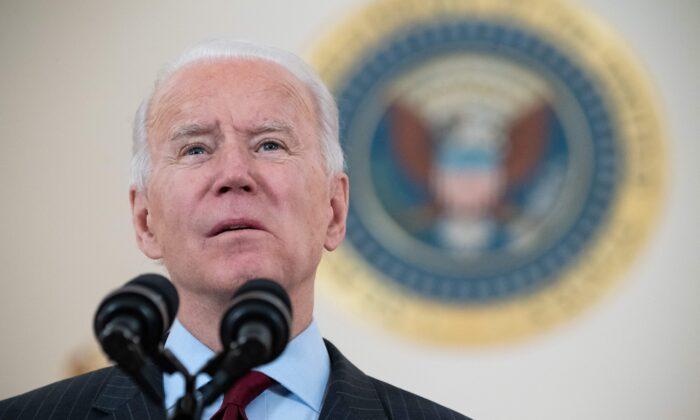The latest climate-change disaster du jour was the lead story in many newsfeeds and headlines around the globe. The report that the Amazon was burning at unprecedented rates due to man-made global warming was tailor-made for the climate-catastrophe crowd to promote fear of impending planet-wide doom.
First, the satellite fire data referenced only began in 2013, so six years of data is hardly long enough to make statements about “record breaking” in any context. Secondly, the satellite data collected wasn’t intended to be used as a counting tool for number of fires, but rather as a readiness alert system to identify fires before they rage out of control. It turns out that the same fire might be counted more than once to ensure that none are missed.
A little background on Amazon fire is in order to put these yearly fires in perspective. The fire season in the Amazon begins with the dry season in late July and peaks in mid-September before ending in November. Nearly all of the fires are intentionally set because dry lightning strikes are rare and it’s difficult to begin a fire in a damp rainforest.
Fires are rare during much of the year, because it’s difficult to start and spread them due to the exceedingly wet nature of the climate. During the dry season, land that has already been cleared is typically burned periodically to regenerate and maintain farmland or pasture. Much of the fire that’s being reported as the virgin tropical rainforest is existing grassland or farmland being regenerated using fire as a tool.
The Amazonian rainforest is a powerful and necessary ecological niche, and conservation efforts have been effective at stemming the worst of deforestation abuses. The promotion of alarmist and false information misdirects the energies of people, including world leaders, and undermines trust in media and public institutions.


